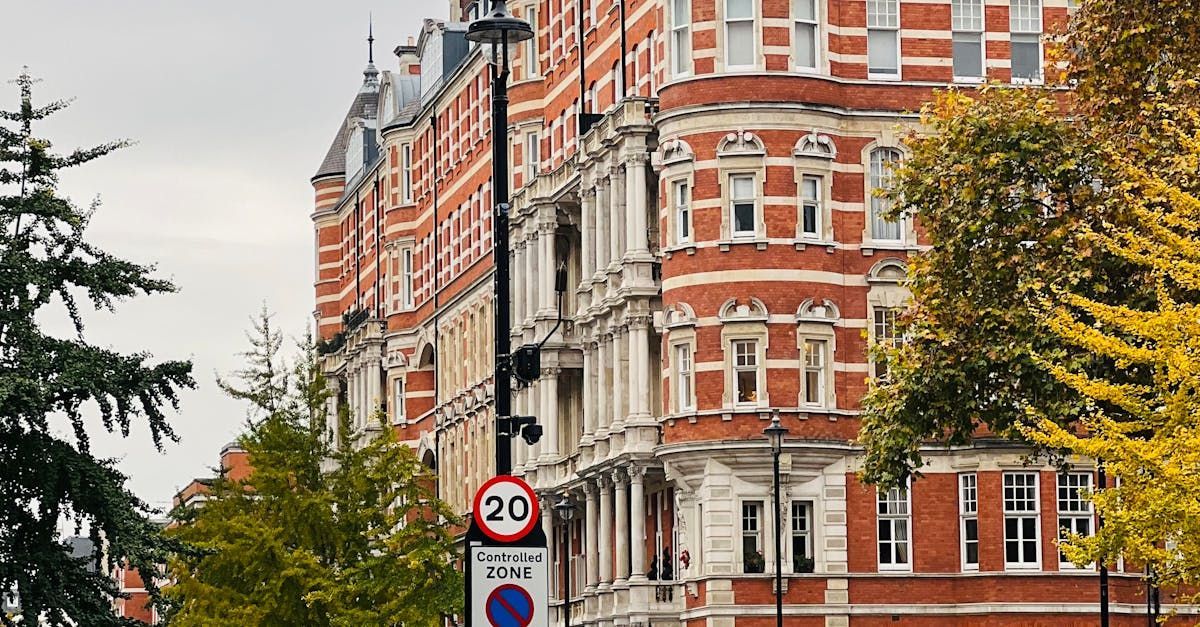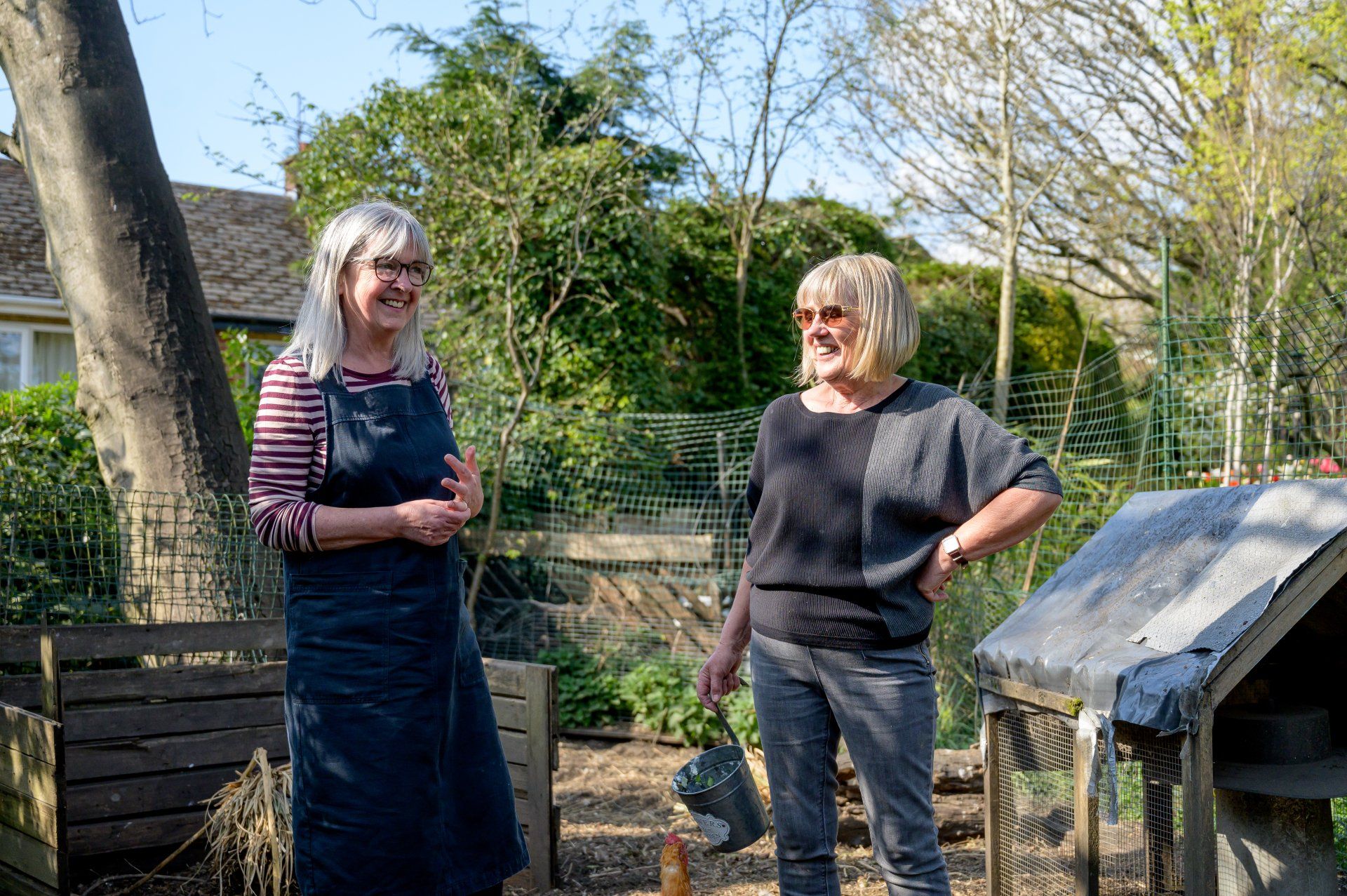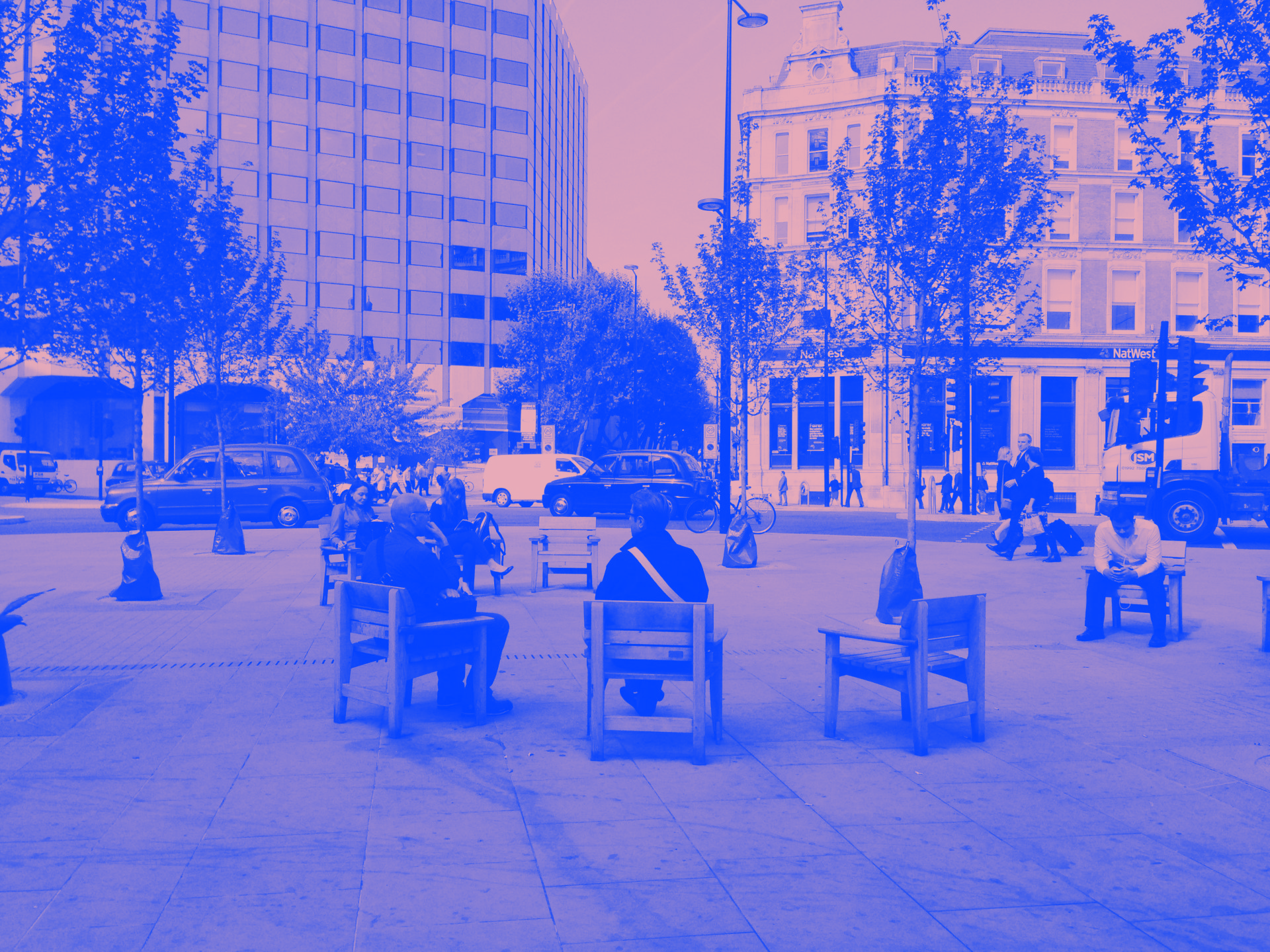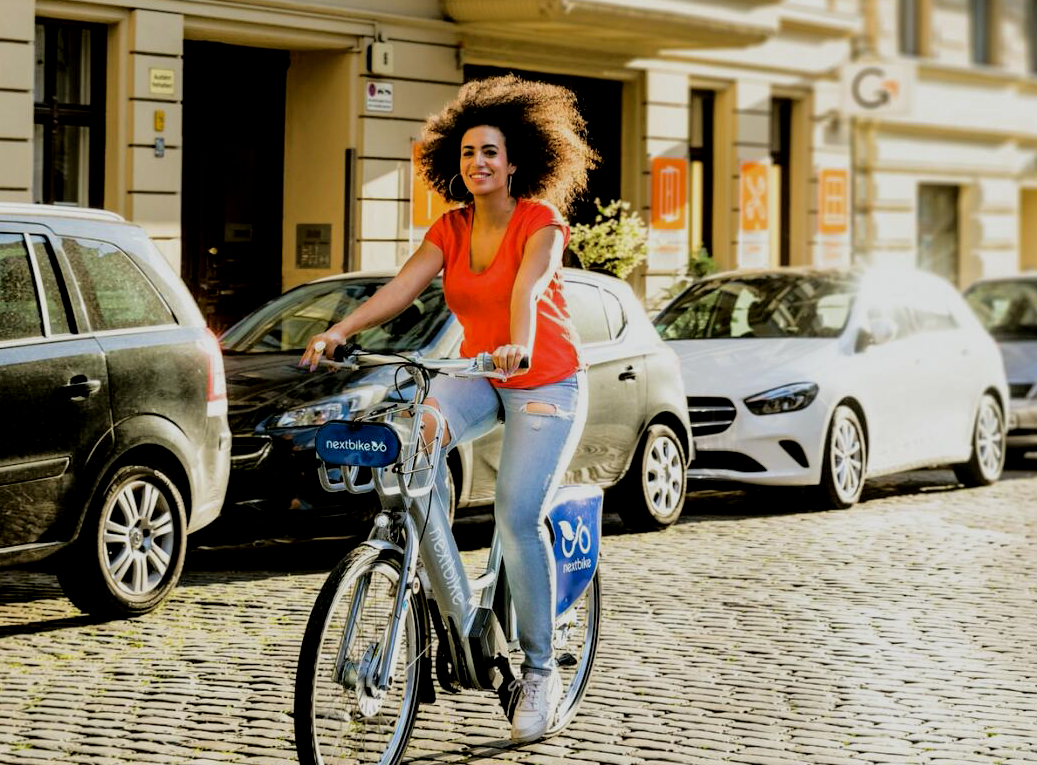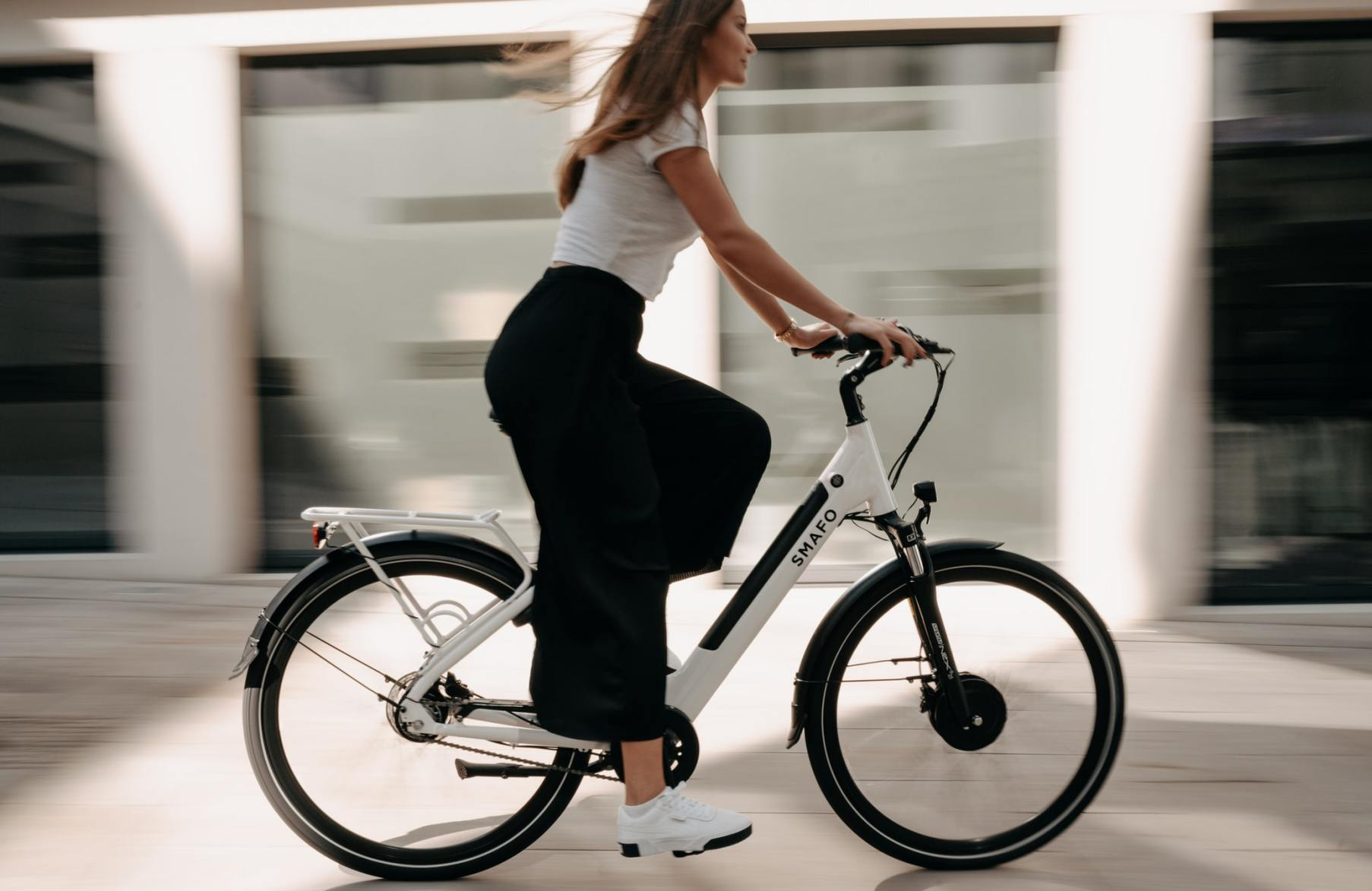A Plan to Reallocate Road Space to Protect Public Health
At key moments in London’s history public health challenges have been resolved by radical changes to the capital’s built environment.
In the mid nineteenth century, Dr John Snow mapped cholera cases in Soho and identified its communal water supply as the common cause. Facing scepticism, Dr Snow took direct action by removing the water pump handle (image above). Almost immediately the number of cholera cases in Soho diminished. Today Snow is celebrated as one of the founders of epidemiology. Wren rebuilt much of London in the aftermath of The Plague (and the Great Fire). However, Wren’s plan to create Grand Boulevards and Piazzas across The City, so much needed today to enable social distancing, was not adopted.
In the mid nineteenth century, Dr John Snow mapped cholera cases in Soho and identified its communal water supply as the common cause. Facing scepticism, Dr Snow took direct action by removing the water pump handle (image above). Almost immediately the number of cholera cases in Soho diminished. Today Snow is celebrated as one of the founders of epidemiology.
Bazalgette, the Chief Engineer of the Metropolitan Board of Works, oversaw the construction of the Victoria Embankment sewers, built to reduce the incidence of Cholera. The Grand Project reclaimed Thames marshland to create the Embankment pedestrian boulevard and a new Underground train line (today the Circle and District Lines). This left the capital city with a legacy of better health, elegant public realm and sustainable transport infrastructure, which are still in use over 150 years later.
Today’s public health emergency, Covid-19, requires similar direct action and bold decisions to deliver infrastructure to enable social distancing and provide confidence that people can return to enjoy London’s streets and spaces.
The burning platform for transport operators and transport policy makers, will be the public’s reluctance to travel on public transport and instead rely more on private cars. This could lead to an increase in carbon emissions, poorer local air quality, noise and congestion. ‘Whole journey confidence’, from home to end destination and back again, will be essentialto encouraging and supporting a return to safe, sustainable movement. This will require a twin approach of space reallocation to enable social distancing and secondly high standards of place and public transport cleansing and sanitation.
Cities across the world, including New York and Milan, are already responding by reallocating road space to pedestrians and cyclists, as recommended by the World Health Organisation. In addition to safe social distancing, additional public space in London’s West End and town centres will need to be provided for additional outdoor dining to make food and beverage
businesses viable where their capacity for internal dining has been reduced to facilitate social distancing. Importantly too, more space and street furniture will be needed for older people, who are generally less able to navigate busy footways and maintaining distance. In these times, more than ever before, designing public spaces for the most vulnerable can create better
spaces for everyone.
Public space is finite and until now, how it is allocated has been determined by a range of factors – legislative requirements to keep traffic moving, safety, sustainability and health policy goals and income generated from kerbside parking, have been some of the key influencers. Protection against Covid-19 is now the primary policy and public realm design driver. We suggest the following eight considerations to deliver against this objective:
- Introduce new safe social distancing categories into the Pedestrian Comfort Level (PCL) analysis to provide a robust framework to inform decision-making
- Plan and design additional spaces for vulnerable road-users, thinking about the needs and also how older people and children will behave in social-distancing public spaces
- Dust-down existing plans to extend cycle networks and aspirations for better public spaces, delivering these with traffic management measures, rather than as full construction projects
- Consider elegant temporary and inexpensive solutions, such as lines of tree planters to delineate additional footway space and cycle lanes
- Prioritise gateways, such as stations, which generally experience footway crowding
- Convert narrow streets, less than 6 metres, to pedestrian only at peak times
- Declutter and remove unnecessary street furniture and kiosks, remove railings to adjacent green spaces and widen pinch-point entrances to spaces, such as parks
- Clusters of businesses to agree to use a shortlist of preferred suppliers for servicing, deliveries and waste collection to reduce commercial traffic; and boroughs to allow retiming of deliveries to evenings and night times.
This approach can enable economies to recover more quickly from the movement restrictions and potentially retain the lock-down period’s unforeseen beneficial consequences, enabling cities to become more attractive, resilient, accessible, sustainable and safe places.
Links to source documents are highlighted in this article.
